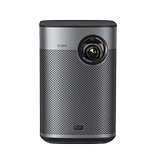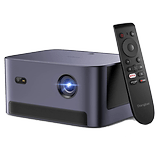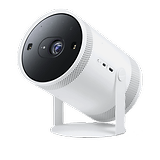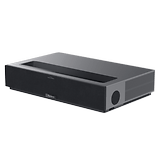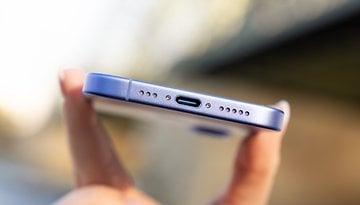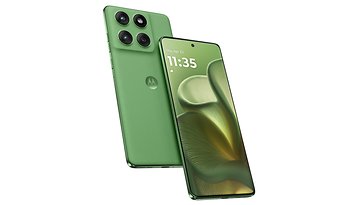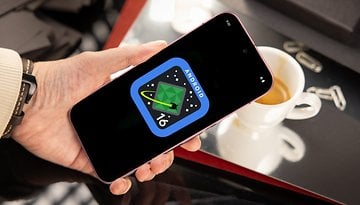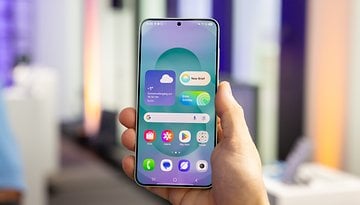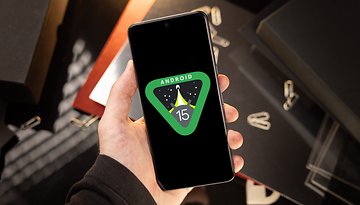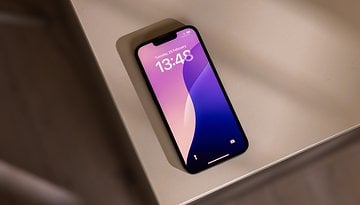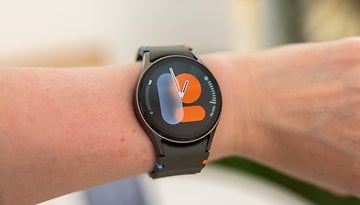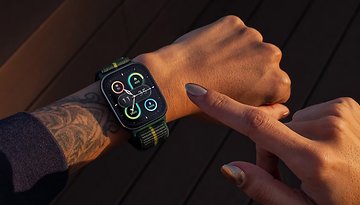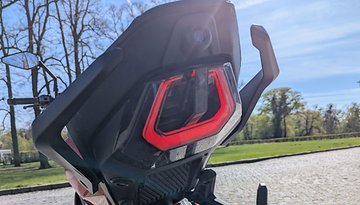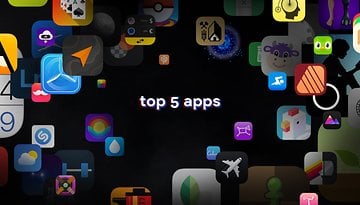The End of Dead Zones: Vodafone Brings Satellite Video Calls to Phones
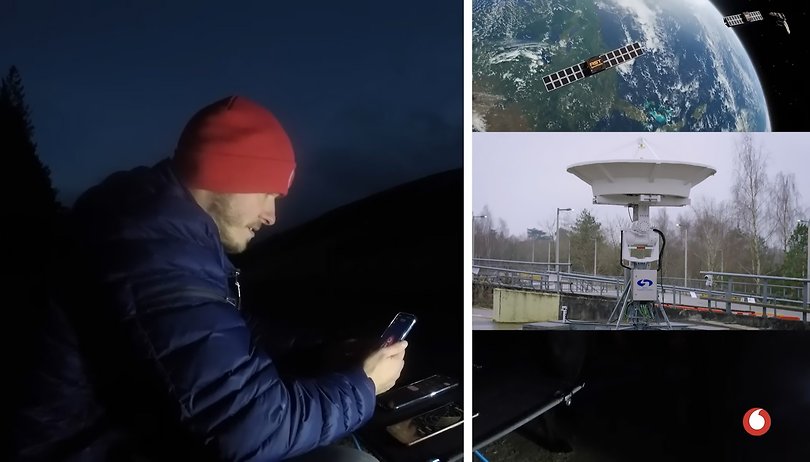

Read in other languages:
As satellite messaging gains momentum in the mobile space, Vodafone is skipping ahead, bringing satellite video calls to regular smartphones. The carrier has just announced a historic "world’s first" video call from a dead zone, using cutting-edge satellite technology.
Vodafone joins industry giants like Apple and T-Mobile in testing satellite connectivity for mobile phones, aiming to provide services like emergency SOS and messaging in areas without cellular or Wi-Fi coverage.
Recently, T-Mobile and Starlink expanded their direct-to-cell service in the U.S., enabling satellite-based connectivity without requiring special hardware or modifications to devices. Last year, they even demoed a space-based video call via direct-to-cell, but it still relied on an active cellular site.
First True Space Video Call Using a Broadband Satellite
Vodafone has now successfully tested a direct-to-mobile broadband satellite service. This week, the company announced a landmark video call between its engineer, Rowan Chesmer, which is located in a remote area in Wales with no cellular coverage, and Vodafone CEO Margherita Della Valle.
What makes this even more impressive is that Chesmer used a regular 4G/5G smartphone, unlike Apple’s and Android’s satellite messaging features, which require specialized chips. This breakthrough could potentially bring faster satellite connectivity to a much wider range of smartphones and mobile devices and enable more than messaging services but video calls and streaming as well.
Vodafone has partnered with AST SpaceMobile, which operates low Earth orbit (LEO) satellites, to create a space-based broadband network that complements existing terrestrial cell towers. The company also highlighted that only a single ground station is needed to cover a large area, or even an entire country's base stations.
Vodafone and AST SpaceMobile are testing broadband satellite connectivity using five Bluebird LEO satellites launched last year. So far, the network has reached speeds of up to 120 Mbps, which is significantly faster than T-Mobile and Starlink’s satellite service, which currently ranges from 2 to 4 Mbps.
When Will Broadband Satellite Connectivity Be Available?
Vodafone plans to roll out the broadband satellite service in the UK by spring 2025. However, pricing details remain unclear. It’s also unknown whether it will be more affordable than other satellite-based services, such as Starlink’s standalone satellite internet-only offerings.
With AST SpaceMobile also partnering with AT&T and Verizon, a similar service could soon launch in the U.S. and other regions. Meanwhile, Vodafone is also collaborating with Amazon’s Project Kuiper to expand broadband coverage in Europe and Africa.
Source: Vodafone
